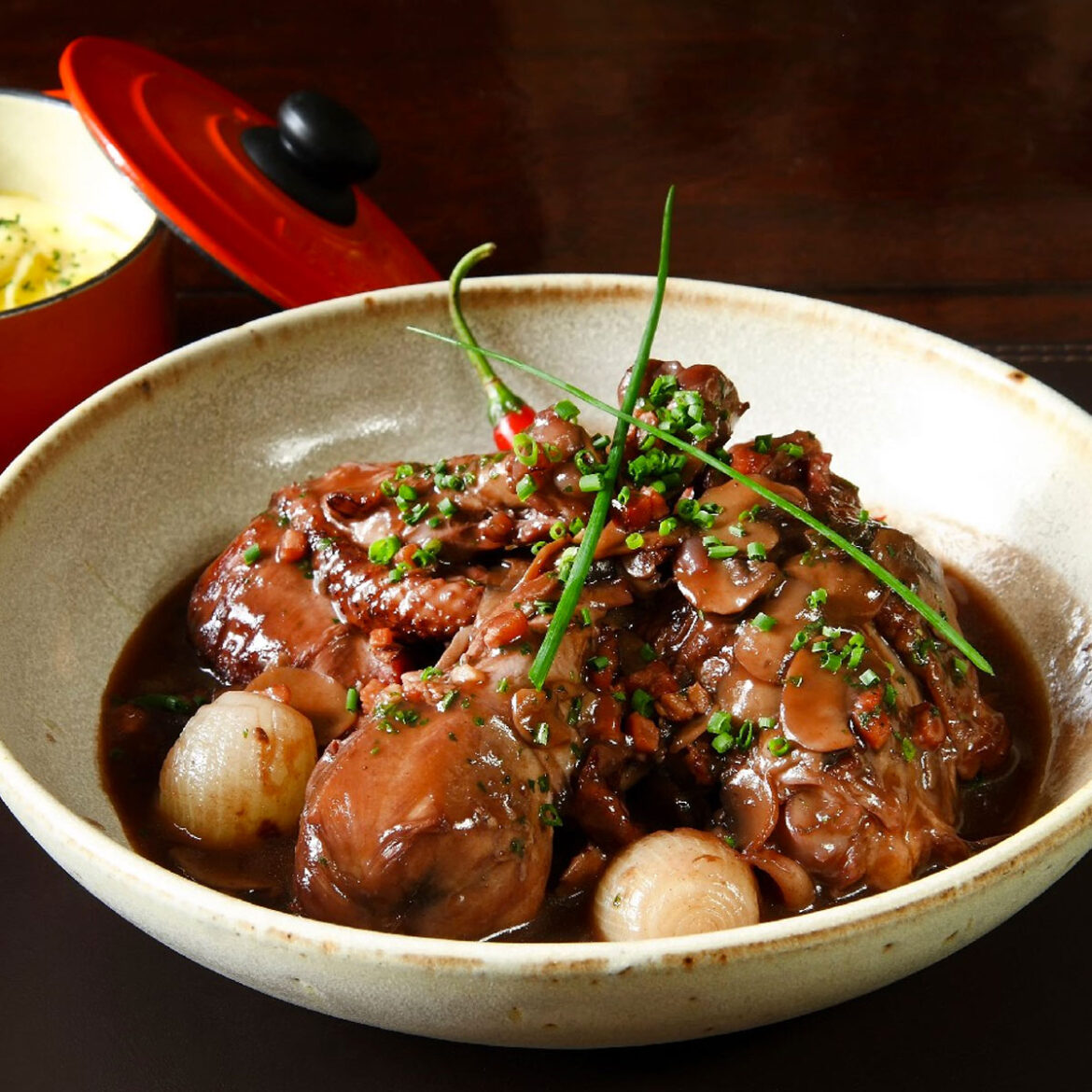History of National Coq Au Vin Day
Many say that the idea of braising a rooster in wine is ancient and could possibly date all the way back to 6000 B.C. Though the exact origin of coq au vin is shrouded in mystery, there is some fun anecdotal history on it, going all the way back to Julius Caesar’s conquest of Gaul (modern-day France and Belgium) in 58 B.C. French novelist Gilbert Cesbron once wrote, “The emblem of France, it was the rooster. Today it is the coq au vin.” Truer words could not have been said. Apparently, the rooster was a Gallic symbol of courage, so when Caesar conquered the Gauls, it’s said that one of the regional tribal chiefs sent him a rooster in defiance. To return the favor, Caesar invited him for dinner, where the Gallic chief was served the very same rooster, cooked in wine. Whether this is strictly true or not, matters little, as it makes for a great story at your next French-inspired dinner party.
In France in the 1600s, King Henry IV is said to have wished that each of his peasants would be able to enjoy “a chicken in his pot every Sunday.” His altruistic vision seemed to have been taken seriously, since coq au vin was a French peasant’s dish, which later became popular all over Europe. It was in 1864 that a cookbook called “Cookery for English Households” first printed a recipe called ‘poulet au vin blanc’ (chicken in white wine), which was very similar to today’s coq au vin.
However, it was chef Julia Child who really made coq au vin popular in the U.S. thanks to her seminal 1961 cookbook, “Mastering the Art of French Cooking”. Along with other mouthwatering classic French recipes, Julia Child is credited with introducing French cuisine into American kitchens all over.

